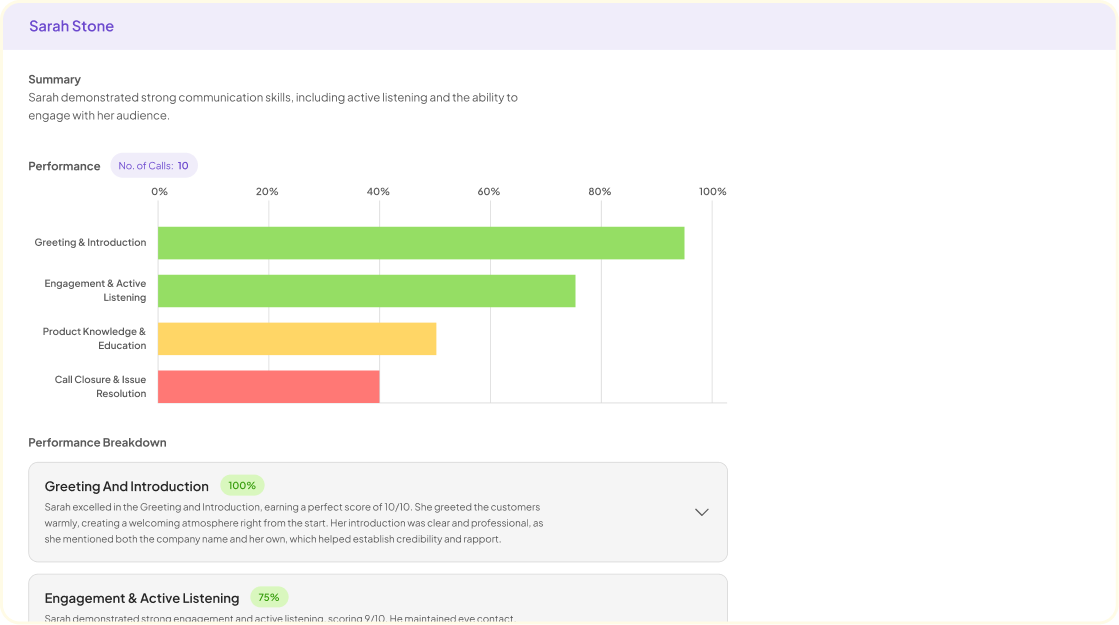Marketing Strategies Insights in Qualitative Research reveal the importance of understanding customer needs deeply. In today's competitive environment, companies must connect with their audience on a personal level, requiring more than just quantitative data.
This guide aims to unpack qualitative marketing strategies that can significantly enhance your decision-making process. By tapping into narratives and sentiments, businesses can create more tailored marketing strategies, addressing specific customer pain points. In this section, we will explore methodologies and best practices for gathering and interpreting qualitative insights effectively, ultimately driving successful marketing outcomes.
Understanding Qualitative Marketing Strategies Insights
Understanding qualitative marketing strategies insights involves delving into the rich narratives that consumers share about their experiences. Gathering insights through customer interviews and feedback allows marketers to identify pain points and desires, which are crucial to crafting effective marketing messages. When organizations regularly conduct these interviews, they can uncover valuable themes that inform strategy and decision-making.
To effectively harness these insights, marketers should focus on a few key aspects:
- Identify Themes: Recognize recurring patterns in customer feedback, as this reveals what truly matters to your audience.
- Capture Customer Voice: Use quotes and stories from interviews to amplify the genuine experiences of customers, enhancing relatability.
- Analyze Emotion: Understanding the emotional responses tied to products or services can refine marketing messages to resonate deeper with potential customers.
By integrating these strategies, marketers can utilize qualitative insights to enhance their overall approach, driving more meaningful connections with consumers.
The Role of Consumer Behavior Analysis
Consumer behavior analysis plays a pivotal role in shaping effective marketing strategies insights. By understanding the preferences, motivations, and purchasing habits of consumers, businesses can tailor their offerings effectively. Recognizing the significance of this analysis allows marketers to create strategies that resonate with target audiences, leading to improved engagement and conversion rates.
There are several key aspects to consider when analyzing consumer behavior. First, identifying target demographics enables businesses to refine their messaging. Next, understanding psychographic factors, such as values and lifestyles, allows for a more personalized marketing approach. Finally, tracking consumer trends over time helps businesses remain agile in the market. By focusing on these elements, marketers can develop strategies that not only align with consumer needs but also adapt to changing market dynamics. This proactive approach ultimately leads to more successful and sustainable marketing outcomes.
Uncovering Deep Market Needs
Uncovering deep market needs begins with a thorough understanding of customer motivations and challenges. Utilizing qualitative research methods can help you gather invaluable insights into what truly drives consumer behavior. Engaging directly with your audience through interviews, focus groups, and surveys can reveal underlying issues you may not have previously considered.
To effectively uncover these needs, consider the following steps:
Identify Your Target Audience: Knowing who to speak to is essential. Consider demographic variables, purchasing behavior, and psychographics that influence your audience.
Conduct Empathetic Interviews: Aim to understand not just the preferences of your customers but their pain points. Asking open-ended questions fosters richer dialogue.
Analyze Thematic Patterns: After gathering data, categorize it to identify recurring themes. This will help pinpoint specific needs and desires.
Validate Insights: Share preliminary findings with your audience. This reinforces trust and confirms you're on the right track.
By applying these methods, you will enhance your marketing strategies insights and develop offerings that genuinely resonate with your audience. Understanding deep market needs not only informs product development but also strengthens customer relationships in the long run.
Developing Effective Campaigns with Marketing Strategies Insights
Effective campaigns require a well-thought-out approach that centers on gathering and analyzing Marketing Strategies Insights. Start by identifying your target audience, understanding their needs, and determining the best channels to reach them. This foundational work will help create a tailored campaign that resonates and engages effectively.
Next, develop your messaging based on the insights collected. Craft your campaign to reflect the values and preferences of your audience, ensuring it speaks directly to their interests. Utilize feedback mechanisms, such as surveys or interviews, to refine your strategies continuously. This ongoing process not only enhances your effectiveness but also builds trust with your audience. By integrating these elements, you can create powerful marketing campaigns that drive results while fostering meaningful connections with your customers.
Crafting Personalized Customer Experiences
Crafting personalized customer experiences is crucial for building lasting relationships. Customers today seek interactions that resonate with their unique preferences and needs. A personalized approach not only enhances customer satisfaction but can also increase loyalty, ultimately driving sales. By utilizing Marketing Strategies Insights, businesses can better understand their audience and tailor experiences that align with individual desires.
Creating these experiences involves several key elements. First, gather rich customer data through surveys or interviews, allowing insights into their behaviors and interests. Next, segment customers into distinct groups to provide targeted messaging. Third, utilize user-generated content and feedback, ensuring your offerings reflect actual customer sentiments. Lastly, continuously adapt your strategies based on ongoing insights, creating an agile framework to evolve with your customers. These steps are vital to truly connect with your audience and foster engagement, setting your brand apart in a competitive market.
Leveraging Storytelling for Brand Connection
Storytelling has a unique power to cultivate deep emotional connections between brands and consumers. By weaving narratives that resonate with target audiences, brands can elevate their marketing strategies and engage customers on a personal level. Crafting authentic stories around values, missions, and customer experiences allows businesses to differentiate themselves and cultivate loyalty. Marketing Strategies Insights indicate that customers are more likely to engage with brands that share relatable narratives.
To effectively utilize storytelling, consider three essential components. First, identify the core message you want to communicate. This message should reflect your brand’s values and mission while addressing customer pain points. Next, create relatable characters, whether they are your customers or your brand personas. This helps audiences identify with the journey and see themselves in the story. Lastly, conclude with a call to action that encourages engagement, prompting your audience to take the next step in their journey with your brand. By following these principles, businesses can foster stronger connections with their customers and ultimately drive brand loyalty.
Conclusion: Synthesizing Marketing Strategies Insights in Qualitative Approaches
In conclusion, synthesizing marketing strategies insights in qualitative approaches reveals critical patterns that enhance our understanding of consumer behavior. By analyzing themes and recurring feedback from customer interactions, businesses can better align their strategies with customer expectations, leading to improved engagement and loyalty.
Qualitative insights offer a rich tapestry of information, allowing marketers to create more effective campaigns. Utilizing these insights not only drives better decision-making but also fosters an environment where customer voices shape business strategies. Ultimately, prioritizing qualitative insights empowers organizations to remain agile and responsive in a rapidly evolving market.


